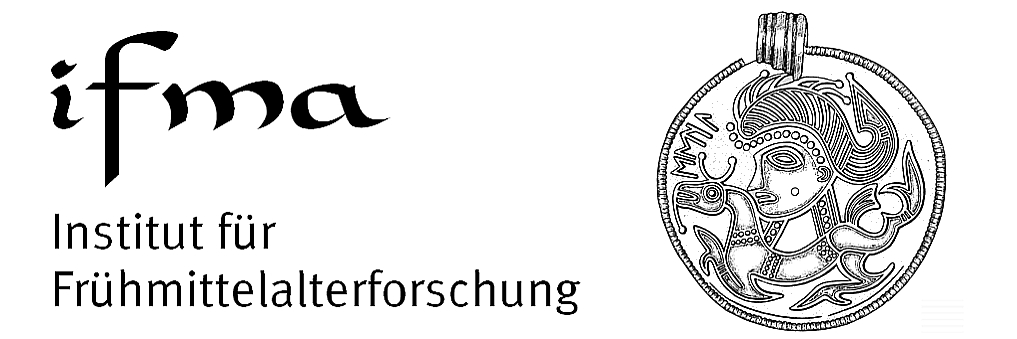
TMR 01.08.05
| TMR ID: | 02.10.13 |
| Reviewed: | Peter of Celle Haseldine, Julian, ed. and trans. The Letters of Peter of Celle Oxford Medieval Texts Oxford Clarendon Press 2001 Pp. lx, 777 $150.00, ISBN: 0-19-820445-0 |
| Reviewer: | Constant Mews, Monash University, Constant.Mews@arts.monash.edu.au |
The letters of Peter of Celle, abbot of Montier-la-Celle, near Troyes (ca. 1145-62), and then of Saint-Remi, Reims (1162-81), are not as widely known as those of his great friend, John of Salisbury, but they are no less important a monument to the passion for letter writing which occupied so many great writers of the twelfth century inside and outside the monastic order. Haseldine's edition and translation of one hundred and eighty two letters, some very sizeable literary compositions in their own right, is a triumph of scholarship that can stand alongside other great editions of twelfth-century letters, like those of Peter the Venerable by Giles Constable or those of John of Salisbury completed by Christopher Brooke. Peter's letters survive in a number of different collections (twenty-two different manuscripts are cited). This is the first attempt since that of Sirmond in 1613 at a complete edition of the correspondence. The edition itself is a model of technical expertise.
Peter of Celle was above all committed to the monastic way of life. The greater part of his correspondence is addressed to other monks and abbots, whether of Clairvaux, Cluny, La Grande Chartreuse, Grandmont, or of his own community at Montier-la-Celle, and provides spiritual edification to his friends, or laments the damage being done to religious communities by hostile outsiders. At first glance, Peter's letters might not seem to present heavy reading. As Haseldine justly remarks in his introduction, "His highly wrought, often enigmatic prose lacks the fluency of a John of Salisbury or the urgency of a St Bernard. His is not a readily accessible manner" (xxiii). Nonetheless, Peter's correspondence provides a rich insight into the literary culture of educated monks and ecclesiastics across Europe in the twelfth century. Our difficulty in accessing his style may simply be due to a lack of familiarity on our part with a way of writing that transforms scriptural imagery into new directions.
If these letters are read only for political information, the reader is likely to be disappointed. They need to be read in the spirit in which they were written, as models of rhetorical prose that communicated some key fact or news behind a smokescreen of elegant display. There is a touching earthiness to the images Peter offers. To Eskil, archbishop of Lund, for example (no. 12), he writes that his generosity is like rain, rather than seed that is sown: "Rain is not at all like this, but loses itself, so to speak, in the bowels of the earth so that afterwards, rising again with the greatest burden of fruit, it brings forth produce thirty, sixty, and one hundredfold. Again I perceive in rain another token of love, that it waters without distinction the fruitful and the unfruitful, the fertile field and the sterile, the chosen seed and the rejected shoot" (29). Haseldine's translation conveys well the baroque richness of imagery that leads up to more practical information, in this case about the expansion of a range of monastic communities in Denmark (the Cisterciensis siue Clariuallis ordo as well as the religio Premonstratensis). Simply paying attention to Peter's vocabulary can help our sense of what we mean by religious "orders" in this period.
There is a letter to Heloise (no. 25), in which he reminds her as "one who knows it well that the Son of man came not to send peace upon the earth but the sword" and reflects on divine bounty in order to explain that he is excusing the prior of Saint-Ayoul "because he did what he could and what he ought to have done" (82). We do not learn exactly what the issue was to which he was responding, presumably a complaint from Heloise about the prior of Saint-Ayoul (a dependency of Montier-la-Celle), but his letter gives a little glimpse into the way religious rhetoric was used to negotiate institutional rivalries.
Some of the most interesting exchanges are with his friends in England. The volume includes his responses to the hostility expressed by Nicholas of St Alban's to St Bernard's attack on the feast of the Immaculate Conception (one of whose letters is included in the collection). The debate is not simply theological. Peter indulges in speculation about national character: "Certainly I know from experience that the English are dreamers, more so than the French, for the moister brain is enveloped more quickly by the vapor of the stomach...Not so hollow, not so watery is Gaul, where there are mountains made of rock, where iron is found, where the land is burdened with its own weight. What then? The French are not moved quickly from their own perceptions, and lean more firmly on the authorities of truth" (no. 158, pp. 579-81). All this is to lead to a passionate defence that of Bernard's teaching that the Virgin could not have been conceived immaculately, and that she could feel sin, although she never consented to sin. Haseldine nicely identifies an allusion to Terence in Peter's closing remark, "But since 'truth breeds hatred' I check my lip with my finger and in the meantime, concealed in the ground, I live in dread of new thunderings and lightnings from my Nicholas" (601).
The letters to John of Salisbury are effusive in their affection, and demonstrate that Peter was someone who lived for more than just his monastery. Chiding John, newly installed as bishop of Chartres, for not being too busy to write, he formulates his thoughts about love with power and originality: "For I move my mouth to making promises more slowly than I move my heart to loving" (no. 176, 675). There is a great mine of such nuggets in these letters, which deserve to become as appreciated as literature as they were in the late twelfth century. They are a monument not just to ecclesiastical and monastic networking, but to a culture of friendship that cuts across institutional barriers. Haseldine's edition and translation is a model of erudition, as well as a helpful path by which to discover a fascinating writer.
The Medieval Review
The Medieval Institute, Western Michigan University
Distributor: Humanities Text Initiative


